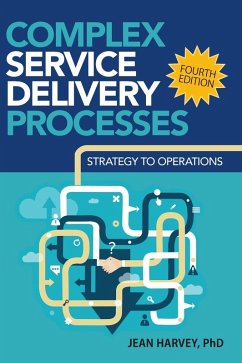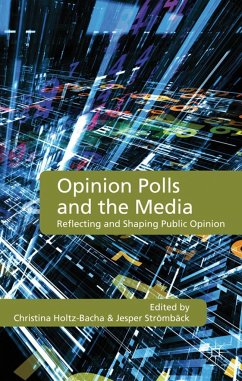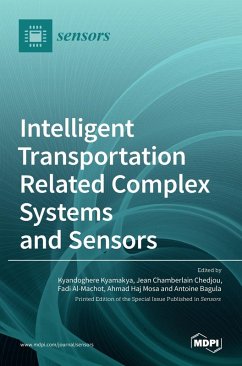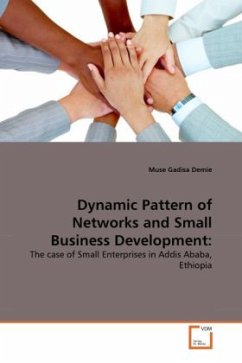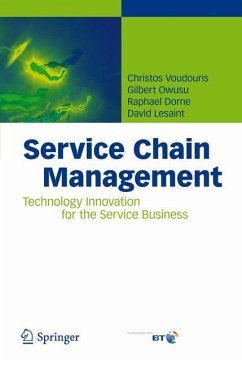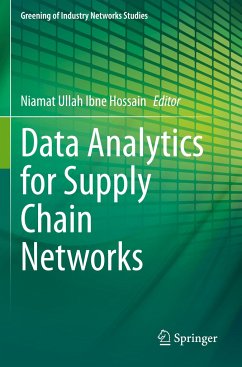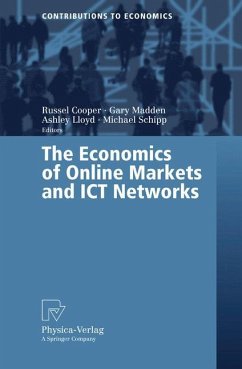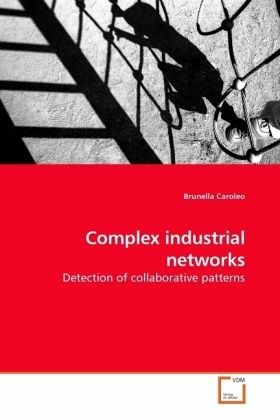
Complex industrial networks
Detection of collaborative patterns
Versandkostenfrei!
Versandfertig in 6-10 Tagen
32,99 €
inkl. MwSt.

PAYBACK Punkte
16 °P sammeln!
Several types of clusters of Small and Medium Enterprises are present in European industries; some examples are industrial districts in Italy, poles of competitiveness in France, networks of competence in Germany. They are, in any case, instances of complex industrial networks, born from the need for greater economic competitiveness. Whatever the type of network, the key is to understand the relationships really existent among the companies of the local system: in literature numerous examples of successful networks are present, in which cooperation and collaboration are key factors of enterpri...
Several types of clusters of Small and Medium Enterprises are present in European industries; some examples are industrial districts in Italy, poles of competitiveness in France, networks of competence in Germany. They are, in any case, instances of complex industrial networks, born from the need for greater economic competitiveness. Whatever the type of network, the key is to understand the relationships really existent among the companies of the local system: in literature numerous examples of successful networks are present, in which cooperation and collaboration are key factors of enterprise policy. This book is aimed at understanding what the actual collaborative relationships in a network are, since often industrial networks are formally constituted, but collaboration does not result in being a prominent feature of the cluster. Two indirect approaches for the detection of collaborative patterns in an industrial network are suggested, one complementary to the other. The analysis should help shed some light on industrial networks issues and should be especially useful to researchers interested in collaborative networks.




